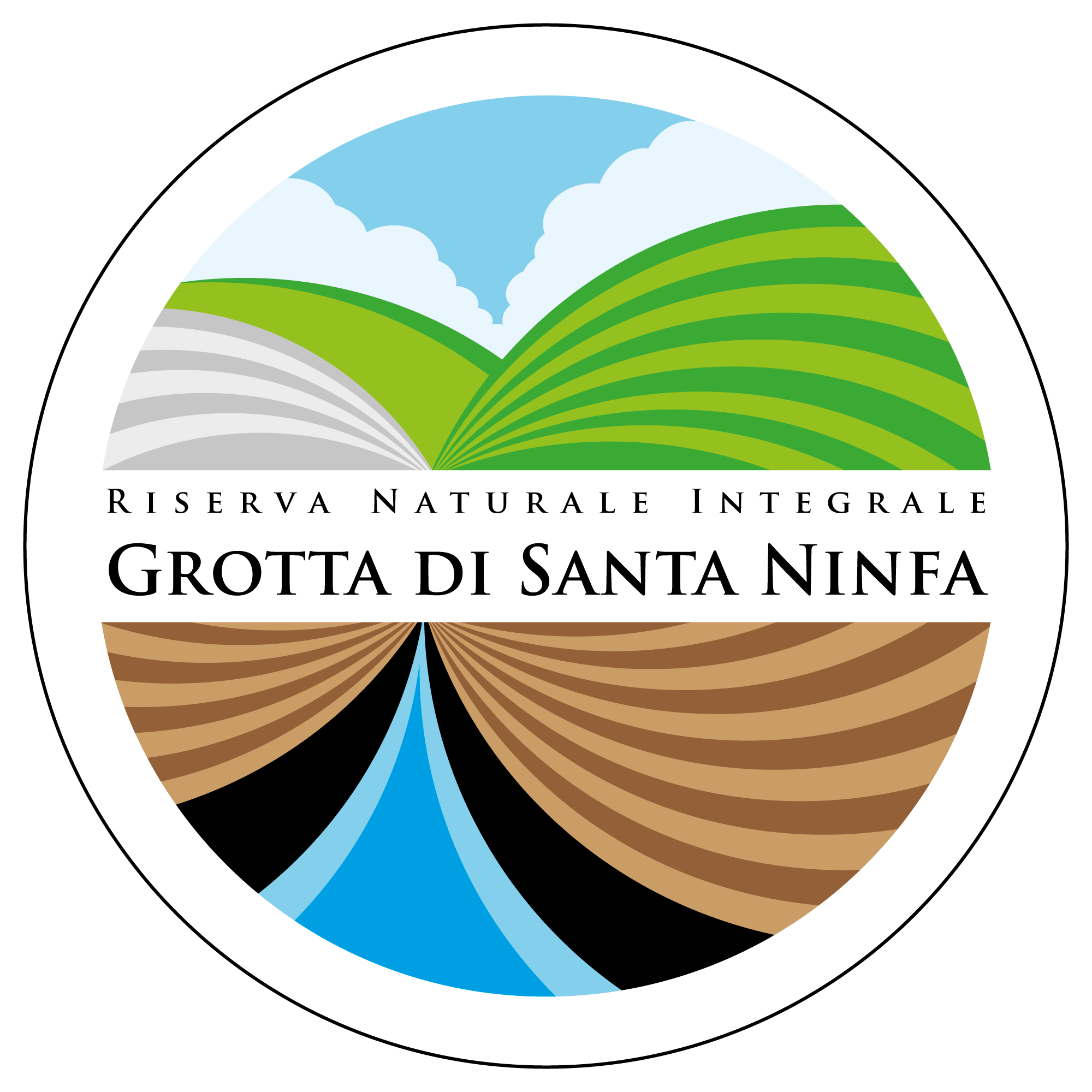
VEGETATION
Dry and lonely rocky slopes, characterized by little and shiny gypsum’s crystals, are the kingdom of “garrigue”, a discontinuous shrubby vegetation typical of Mediterranean environment, constituted by little evergreen shrubs with small and coriaceous leaves, associated to herbaceous species.
The garrigue is dominated by the Labiate (thyme, rosemary, teucrium, etc.), mixed with other species that are particularly suitable to dry climate conditions and the poverty of the soil.
The herbaceous vegetations is represented, above all, by annual plants, many of which thorny habitus and very short biological cycle; perennial species are represented by “geophytes”, that used the reserve cumulated in their bulb, tubers and rhizomes. A suggestive characteristic of garrigue is the intense perfume that is emanated by the numerous aromatic species present.
In the area of Natural Reserve and Site of Community Importance the garrigue is dominated by the perfumed shrubby thyme, generally associated to the micromeria (locally called “satareddu”), an endemic Sicilian specie. Between numerous bulbous species, there are: asphodel, urginea (locally called “cipuddazzu” for the big dimensions of its bulb) and iris.
On the chalky rocks there is a specialized community for the rocky substrate without soil (rupestrian vegetation) characterized of many rare species like: Brassica tinei, Gipsofila arrostii, Sicilian Atamanta, Sicilian Carlina. Along the rocky walls of Menta dominate the tree of Euforbia and the dwarf palm.
Biviere’s Valley is a deep engraving made by the sliding of the Biviere torrent; this valley hosts a lush gallery riparian vegetation with: Cottonwood, White poplar, Willow tree, Elm and Laurel.
Also the small lake Biviere, that is artificial but naturalized, has a rich flora; is rounded by a dense vegetation characterized of reed and rush.
In the end of the Valley there is the sinkhole, a well witch from water thought the subsoil. Here the humidity, the morphology and the twilight allow the settlement of a impenetrable vegetation that is typical in riparian areas.
Also, for the sub-level morphology of the opposite area, the stagnation of the water during the winter made a big humid area where a reed characteristic vegetation has born. This vegetation must be protected because represents a very rare natural habitat.
During the last winter and the spring lawns are colourful because of wild Orchids which enriches the flower heritage of garrigue, lawns and undergrowth.
